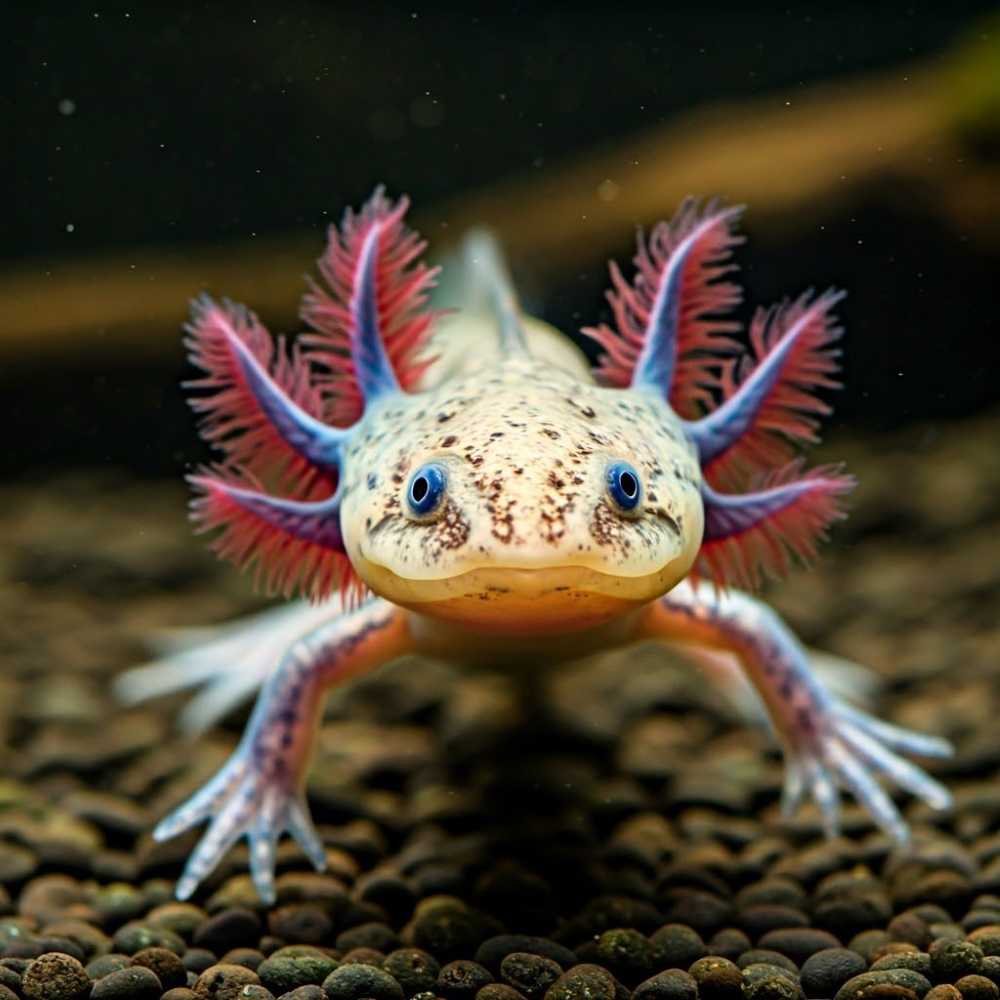How Mexico's Water Dragons Are Giving Scientists Blue Balls
Scientists race to save Mexico's axolotls from extinction. With only 36 left in 2013, researchers study their reproductive organs' regeneration. Efforts include creating germoplasm banks and reintroducing them to Xochimilco canals.

The axolotl. There it is, resplendent in its unearthly pinkish hue, as delicate as a glass sculpture, immortalized on currency, in pop culture, and, oh yes, now at the centre of a scientific scramble to keep it from blinking out of existence. But this isn’t just another sad tale of a species on the edge—no, this one is like something out of a science fiction novel. The axolotl doesn’t just look like it comes from another planet; it practically has the magical powers to match. And yet, despite these powers, by 2025, it’s quite possible there won’t be a single one left paddling about in the wild.
Let’s rewind a bit, though. In the halcyon days of 1998, there were around 6,000 axolotls merrily drifting through the canals of Xochimilco in Mexico City. Think of it: thousands of tiny, otherworldly creatures with fringed gills, glassy eyes, and that characteristic grin, living out their lives in peace. Fast forward to 2013, and we’re down to a shocking 36 individuals. Not 3,600. Thirty-six. Population statistics like that would give even the hardiest optimist a heart palpitation. And this year, as we near 2025, the numbers have dwindled to a point where some experts say that wild axolotls may soon vanish entirely. And, as if to turn the knife, the clock is ticking faster thanks to pollution, rising water temperatures, and invasive species—like carp and tilapia, which sound harmless enough until you realize they’re munching up axolotl eggs as if it’s a free buffet.




